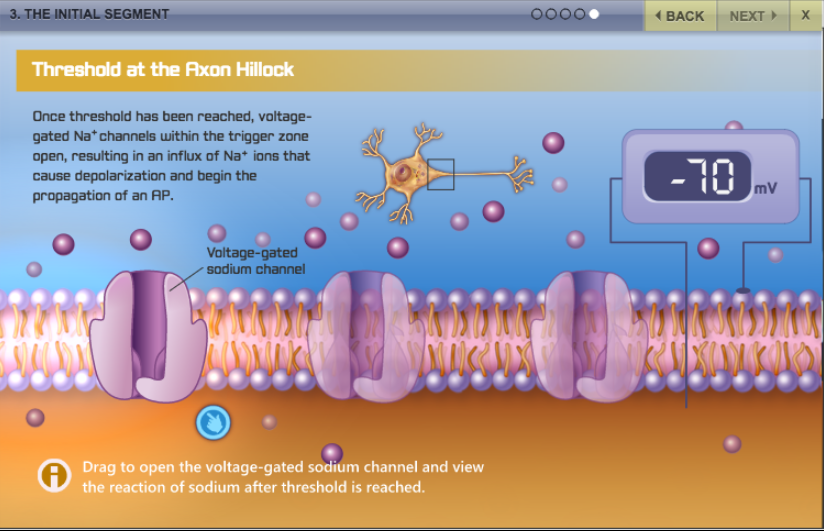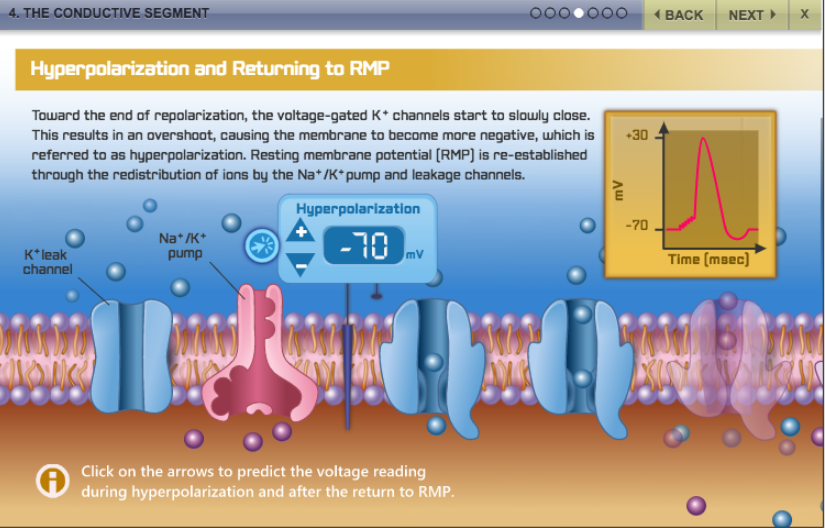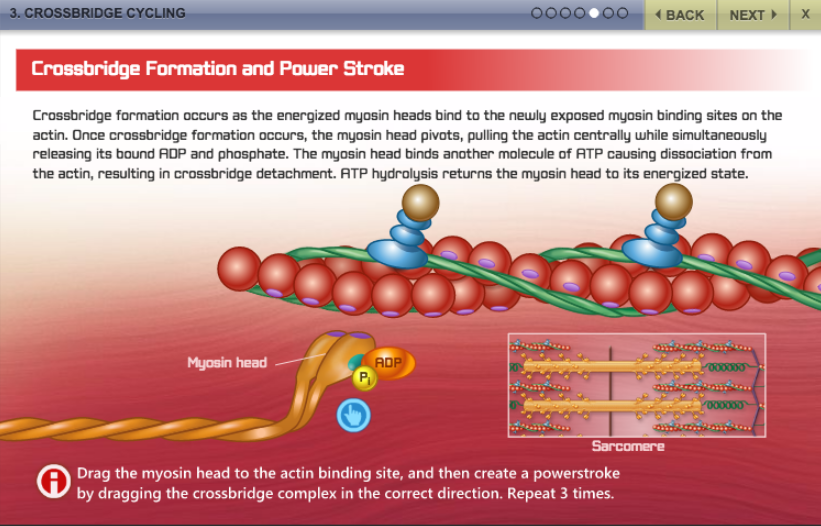How to Enhance Physiology Coverage in your Anatomy & Physiology Courses
Published October 6, 2017

Physiology presents unique teaching and learning opportunities in Anatomy & Physiology courses. Most students struggle with physiology at some point during their academic journey. It’s a challenging, yet fun aspect in any course. Materials used to learn physiology range from simulations, simulators, animations and interactives. I have attended numerous workshops at HAPS (the Human Anatomy and Physiology Society) where faculty will have students “act” out the physiology sequences for a given concept. For one HAPS workshop session, I remember playing a role in acting out the “action of a sarcomere”, which was fun!
The reason why students struggle with physiology is twofold. First, the cellular nature of physiology makes it difficult to visualize what’s happening. Second, parts are moving. This creates a unique complexity for any student. They need to see it, visualize what’s happening and then come to understand the “moving parts”.
When I ask instructors about physiology coverage in their course, I receive two common reactions, excitement and frustration. The excitement comes from their love of the science. The frustration stems from difficulties that students have understanding basic physiology enough to learn about more difficult concepts. When I ask how they teach physiology, I commonly hear “animations”. Animations come in all forms, shapes and sizes. You can find a trove of various videos and animations that are readily available online. Most of the the animations to date are passive in nature. This means you can hit “play” and watch for the duration of the animation.
From my perspective, the best digital assets are peer-reviewed, have a high level of interactivity, and are relatively brief. At McGraw-Hill, we pride ourselves on publishing state-of-the-art animations and interactives.


In 2010, McGraw-Hill developed ground-breaking interactives for anatomy & physiology that were based on the concept overview approach by authors McKinley, O’Loughlin and Bidle. We call these digital assets “physiology interactives”. Physiology interactives are interactive animations that cover key physiological processes and difficult concepts. These assets allow the student to interact with the animation by changing the variables and simulating key A&P concepts. These innovative resources combine the best of digital activities with high-quality animations that are both computer and tablet friendly. Students can “play” or “practice” with these physiology interactives for self-paced learning, AND the modules are available with added assessment opportunities for you to assign within Connect!

I have watched students understand or master the concepts sooner while using these physiology interactives. Additionally, I have been fortunate to watch faculty lecture with these interactives. They help transform the lecture and will liven up your lecture hall or classroom.
Watch a brief overview of one of my favorite physiology interactives here:
I know you are thinking this is great, but how can I use these digital assets to enhance my course. Well, I have some good news. Faculty can access these interactives in the following ways:
- Instructors can access these interactives through the instructor library on Connect.
- In Connect Anatomy & Physiology, you can assign the modules for each interactive. We have a guide to indicate which chapters these assets correlate to, and where they are found. If you need a copy, feel free to contact your McGraw-Hill learning technology representative or myself (email address below).
- Students and instructors can access them through Anatomy & Physiology Revealed 3.2 in the human cadaver, cat or fetal pig version. The fun part here is you have access to these interactives, and so do your students!
- McGraw-Hill Connect Anatomy & Physiology pre-built courses all feature these wonderful interactives and these courses can help you quickly get started in Connect.
If you have a creative strategy or suggestion for these physiology interactives, please feel free to send it along to: james.connely@mheducation.com.